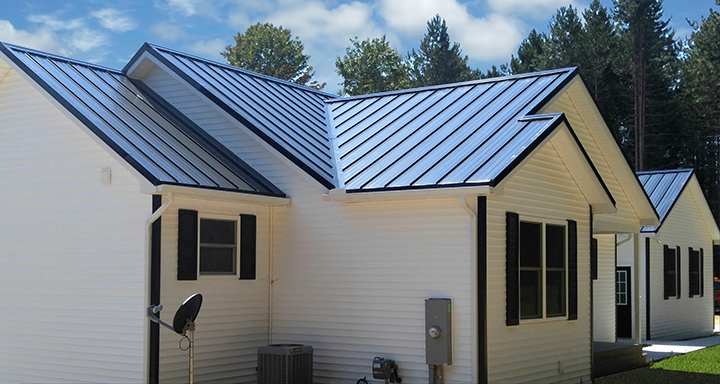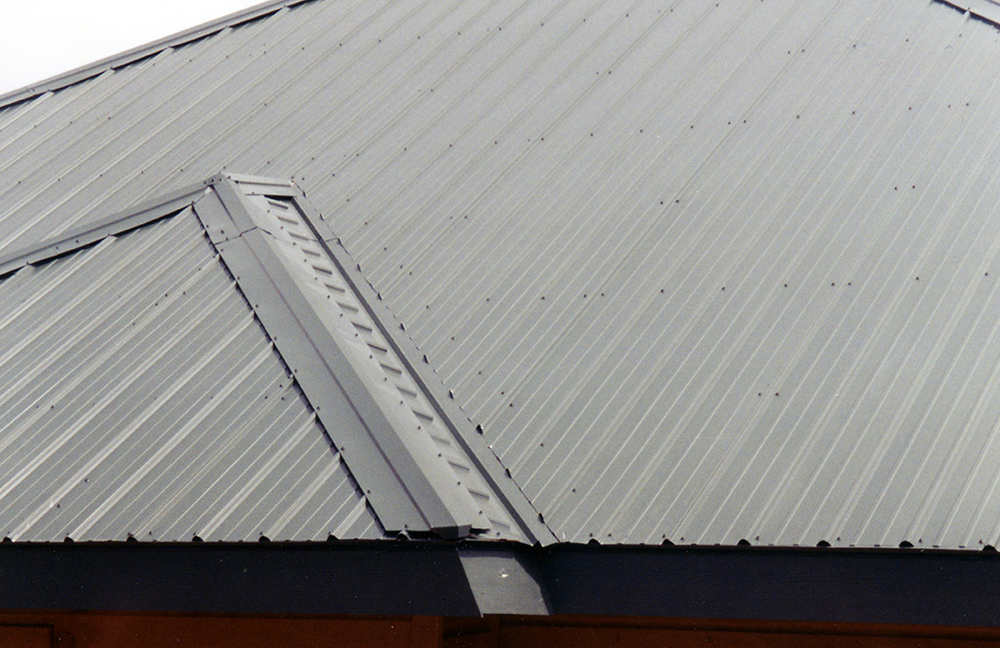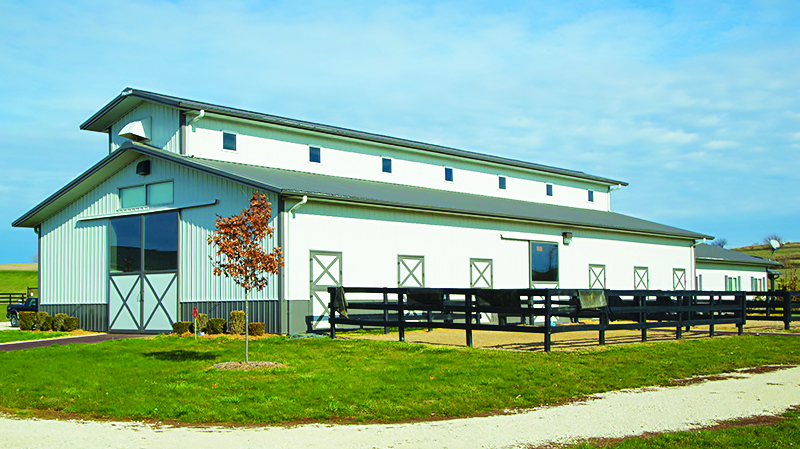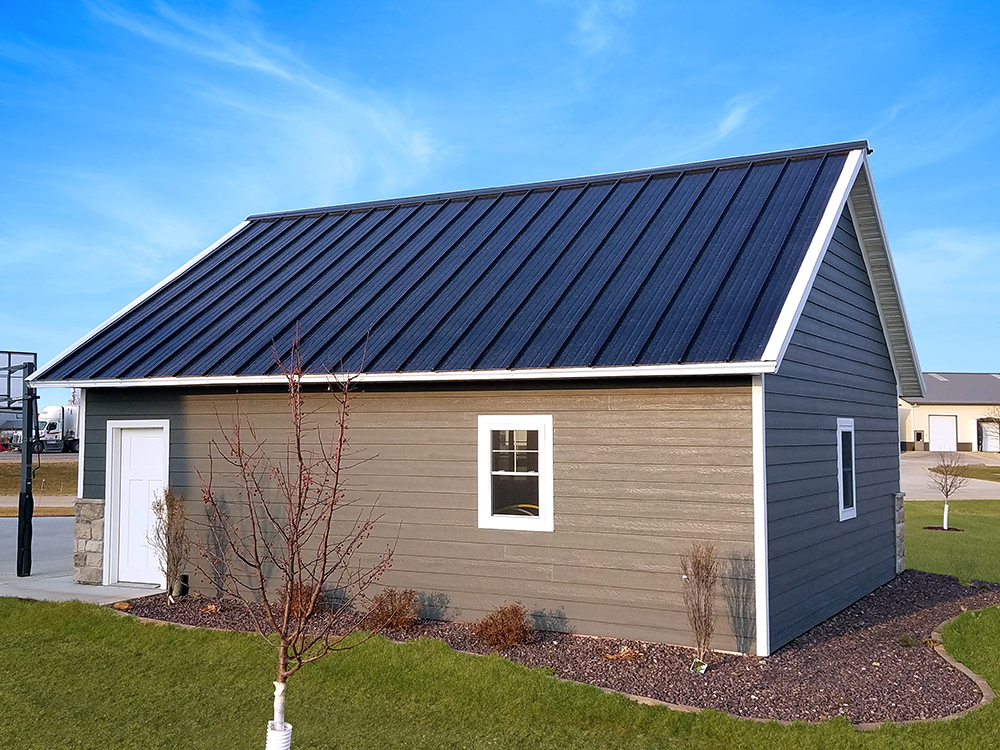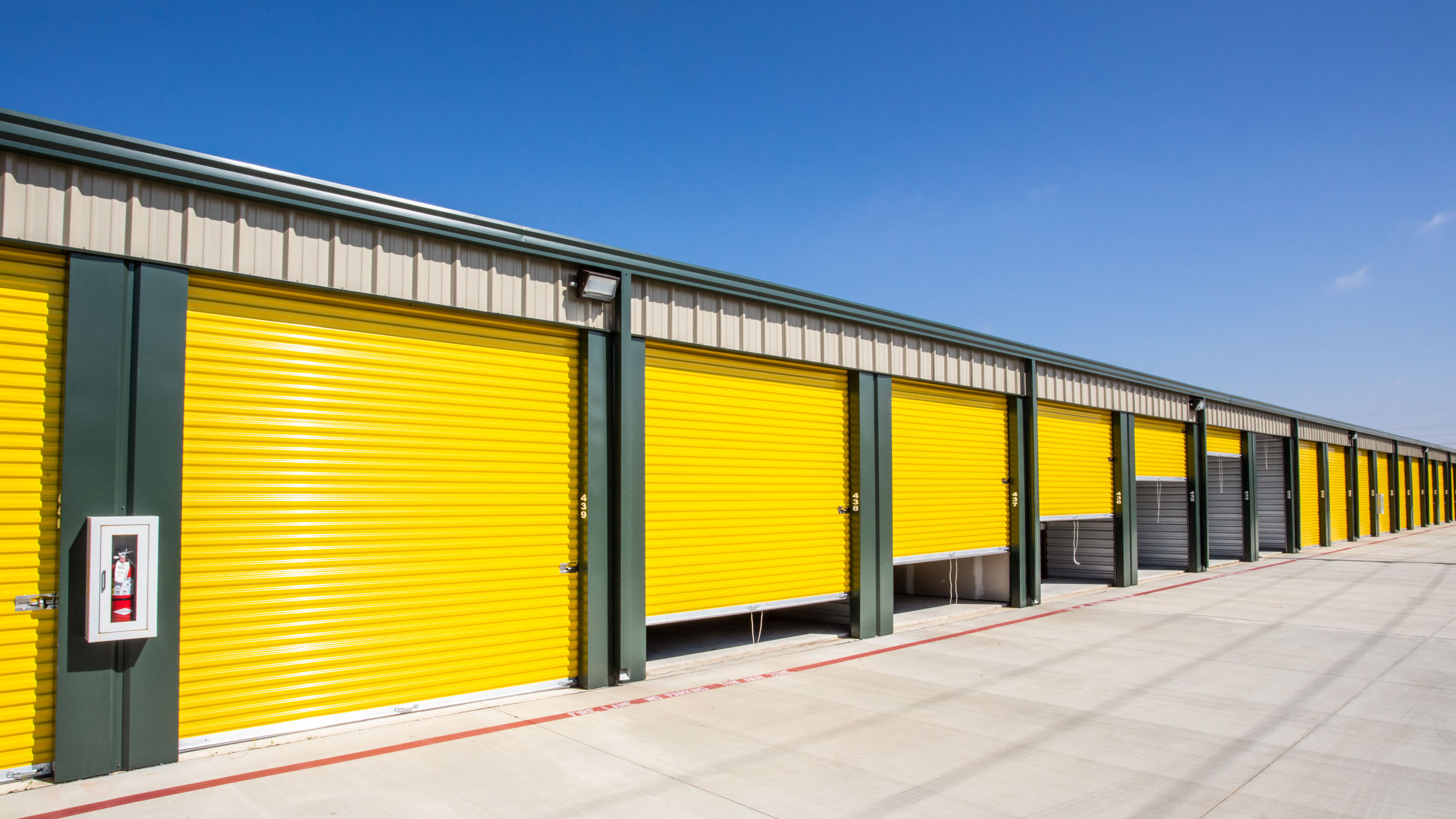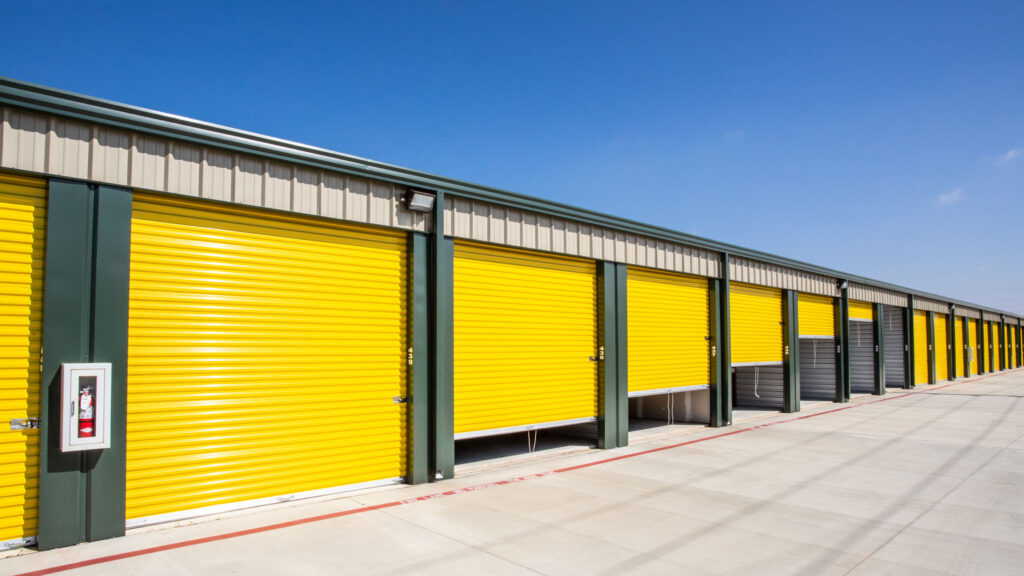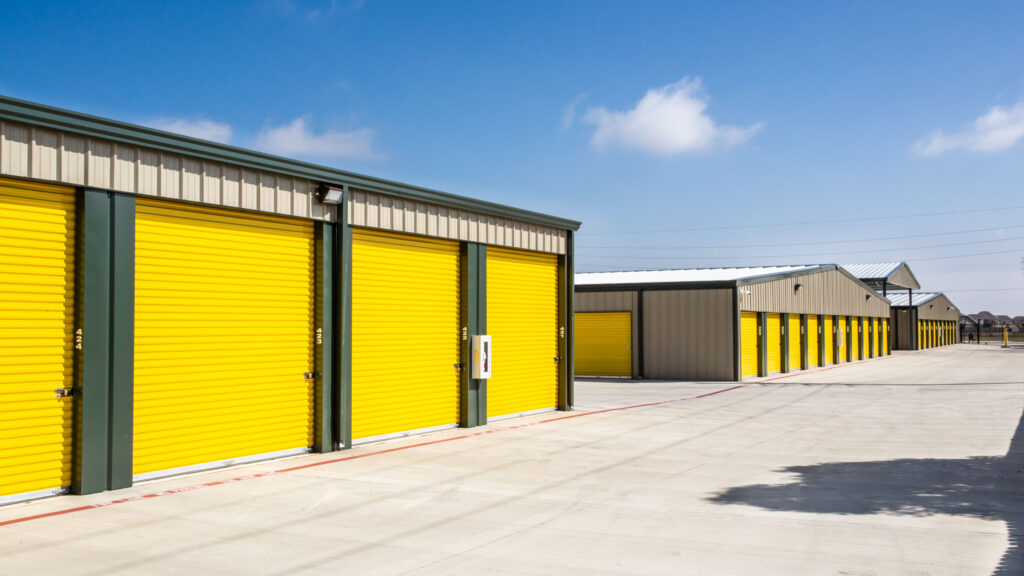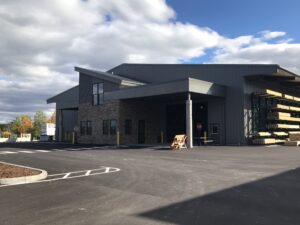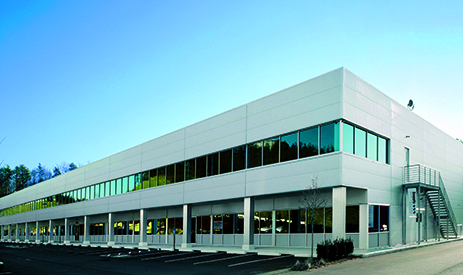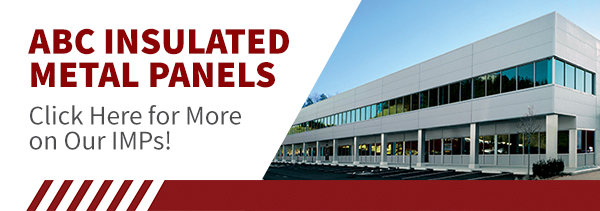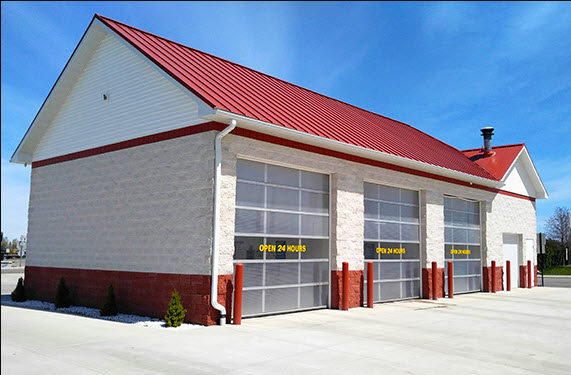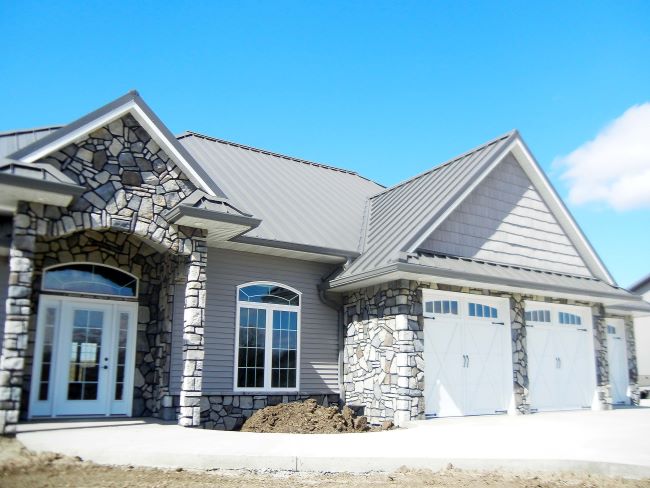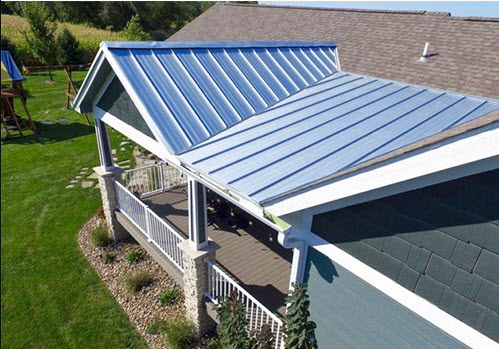Even with an accurate materials list, cutting metal roof and wall panels on-site is often a necessary part of the installation process. To avoid damaging your metal panels, it’s important to use the correct tools and overall best practices. Learn more about how to cut metal panels.
Safety Precautions
Before cutting your metal panels, take appropriate safety precautions to avoid getting hurt. Use gloves to protect your hands from being cut by the sharp metal panel edges. If metal filings fall on the surface of your metal panel, try to blow them off instead of touching them with your hands. Put on safety goggles to protect your eyes from airborne metal filings.
Tools
To avoid damaging the panels or their coating, it’s important to use proper tools. Snips are generally recommended for trim work while shears and nibblers are used for the panels themselves. Some of the best tools to use include:
● Aviation Snips: Good choice for small cuts, including cuts near pipe penetrations.
● Electric Shears: Ideal for lengthier cuts along steel.
● Mechanical Shears: Add-on tool that fits into an impact or screw gun. Ideal for use on standing seam panels at hips and valleys.
● Nibblers: Also known as turbo shears, they’re ideal for cutting openings for windows and doors.
Skill saws can also be used if this is the only resource available. Be sure to use a blade that is specifically designed for metal panels. Turn the panel upside down so that the painted side is facing the ground to make sure filings don’t stick to the paint coating.
Avoid Using:
● Torches
● Cut-Off Saws
● Reciprocating Saws
● Hacksaws
● Grinders
These tools heat up the metal panel and can melt or damage the edge that was cut. They can also cause metal filings to go airborne, creating a safety hazard. If those metal filings stick to the panel’s painted coating, they can cause surface rust.
Cutting Metal Panels
Marking the Panels
Before cutting your panels, be sure to measure and mark the cuts you’re planning to make. To mark your panels, lay them down flat with the painted side down. Make sure the panel is stable by clipping the panel in with c-clamps.
Do not mark on the finished side of the panel to avoid marring the visible surface. Avoid using a pencil with graphite lead as this is a dissimilar metal and could cause your metal panel to corrode. Instead, use a chalk line or magic marker. Use a straightedge or combination square to draw a straight line.
Cutting Technique
Before making a cut, be sure to line up the snip blade with the marking. Keep the blade perpendicular to the metal sheet you’re cutting. Work slowly and make steady and consistent cuts for smoother lines. Keep your cuts short to avoid jagged edges. For quicker, straighter cuts, use nibblers or mechanical shears.
Improve Efficiency by Planning Ahead
Cutting metal panels and trim in the field is easily one of the most time-consuming parts of the installation process. To avoid extra cutting in the field, it’s important to create an accurate materials list upfront. To do this, plan out how your panels will cover the roof or wall areas. Make sure the coverage width and count of the panels ordered is sufficient to cover the area you are installing. Consider which side of the building you will start with and how the ends of the wall or roof will be finished. It is possible that you may be able to avoid splitting a panel lengthwise if you do proper calculations in advance. Additionally, some panels are only able to be installed in one direction. Next, review the standard trim details such as valleys, hips, and around doors and windows. Be sure you have appropriate panels to cover these areas as well, and order to the closest pre-cut length available.
If you have any additional questions about how to cut metal panels in the field, contact your local ABC Sales Representative.


